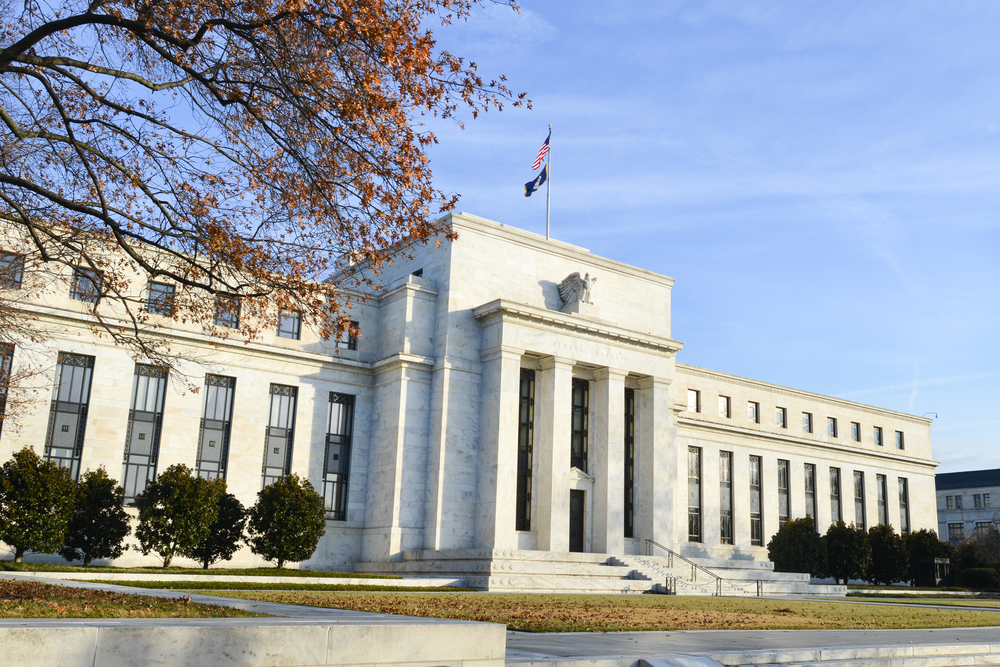The Federal Reserve—often referred to as a bank’s bank—is an independent government body that controls the country’s monetary policy. In other words, it influences the amount of dollars available at private banks and can alter the velocity of money—or how quickly money is exchanged. The end goal is to maximize employment while also keeping inflation under control.
The Fed has a number of tools at their disposal to accomplish these goals and one of the major ones is its ability to influence interest rates—which it does by setting the interest rate that other banks must pay to borrow money from the Fed. The tool not only gives the Fed the power to manipulate the broader interest rate charged by lenders and paid by borrowers, but it gives banks a way to fill short-term gaps in liquidity—giving the U.S. financial system another source of stability.
But when should the Fed influence interest rates?
Well usually, interest rates are pushed down when the economy is in a recession because lower interest rates allow money to be exchanged more freely and therefore can help kick-start an anemic economy. In economist circles, this is part of what is called expansionary monetary policy. An example of this scenario played out during the 2008 financial crisis. Following the crash, interest rates dropped to as low as 0.25 percent.
On the flip side, interest rates are raised when inflation—or increases in the price of goods and services—becomes too high. While a quick growing economy may seem like a good thing in any circumstance, if full-employment is reached and too much economic momentum is converted into wage increases too quickly, it can have a negative impact on overall price levels. In the worst case scenario, the price of goods and services could rise significantly faster than income—which not only reduces the purchasing power of a dollar, but also lowers the value of savings.
Monetary policy is a balancing act and if carried out responsibly can help flatten the usual roller coaster ride of the boom and bust economic cycle. Currently, the economy is strong, but job creation remains solid and inflation tame. So, in theory, the Fed should keep interest rates steady, at least for now.
Jumping the gun too early could send the economy into a tailspin.



